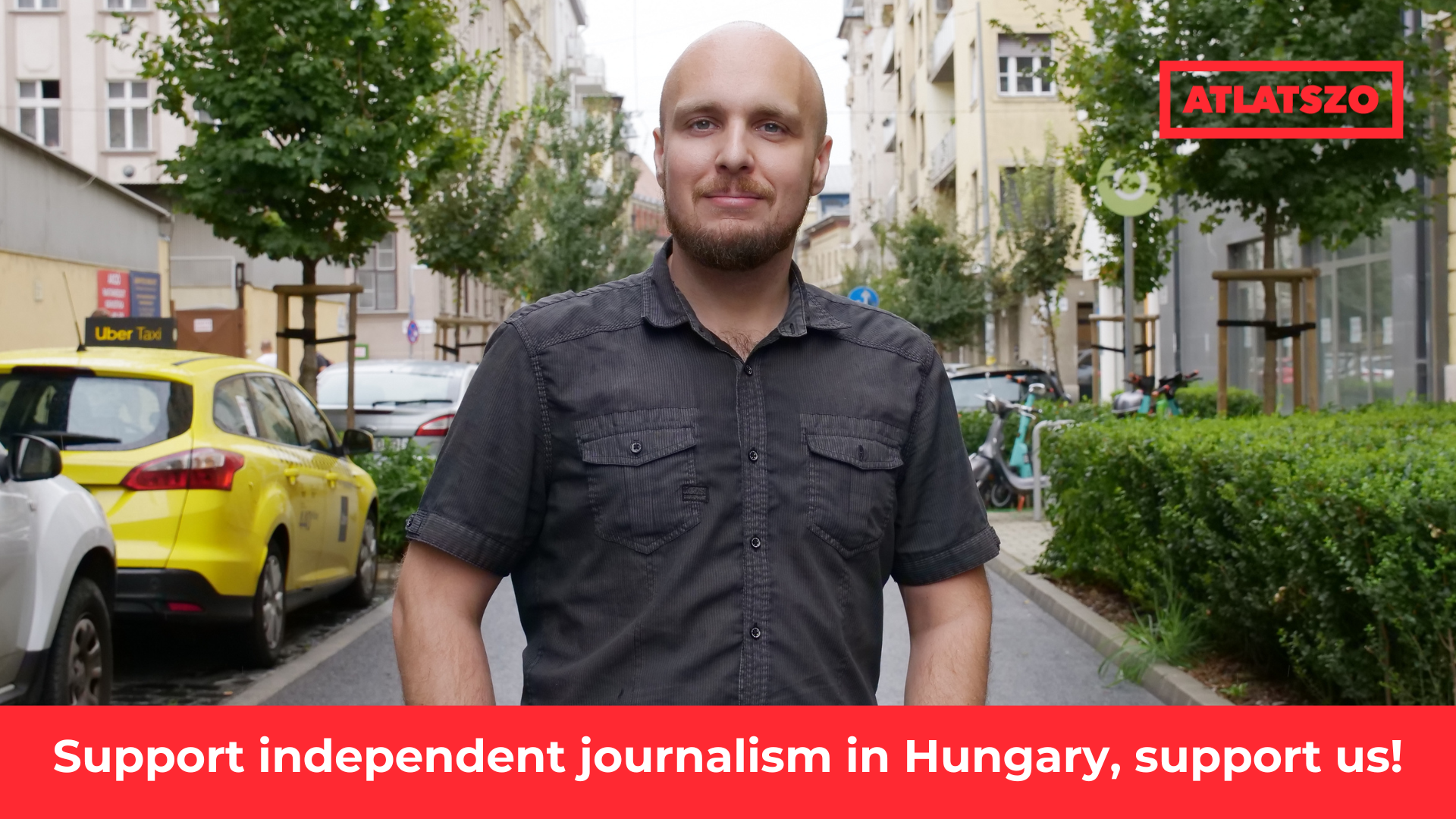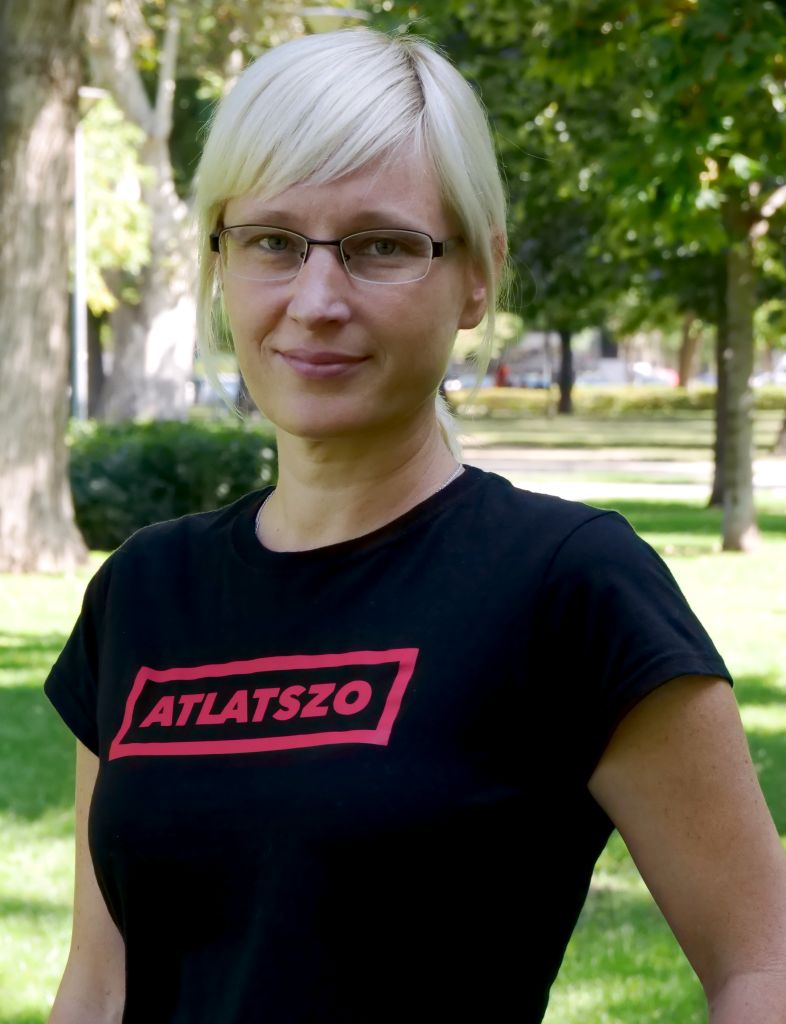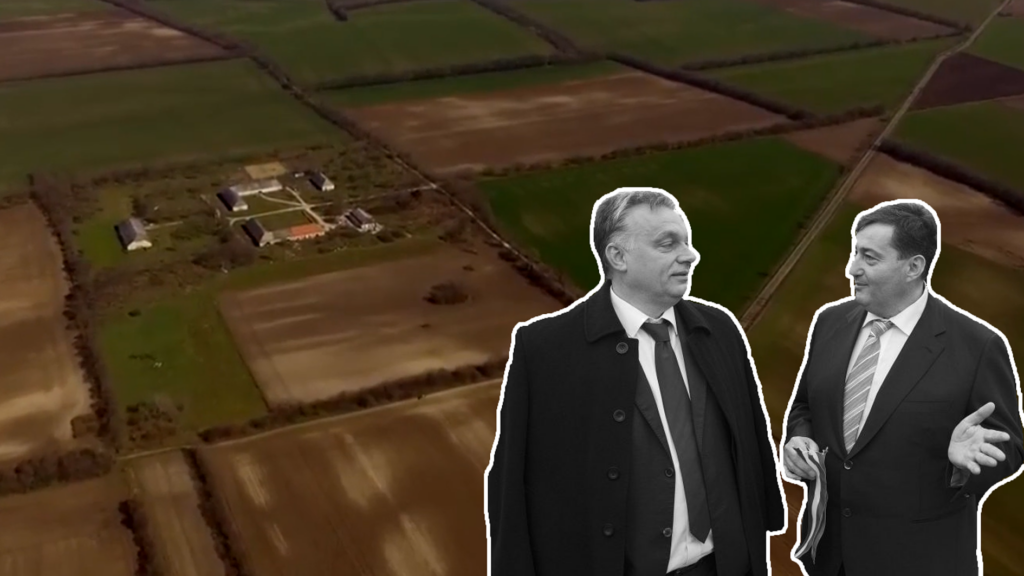The https://english.atlatszo.hu use cookies to track and profile customers such as action tags and pixel tracking on our website to assist our marketing. On our website we use technical, analytical, marketing and preference cookies. These are necessary for our site to work properly and to give us inforamation about how our site is used. See Cookies Policy
Orbán’s Neverland Ranch: The forgotten past and glorious rise of the Hatvanpuszta estate
Thirteen years ago, Átlátszó covered the Hatvanpuszta estate of Viktor Orbán’s family. At that time, it caught our journalists’ eye due to an alleged tourism project. Since then, however the former agricultural complex evolved into the Orbán’s kingly estate, complete with a massive mansion and exotic animals.
Ákos Hadházy arranges tours for it. Péter Magyar would subject it to an asset investigation. And foreign journalists marvel at the Hatvanpuszta estate, comparing it to the infamous Mezhyhirya Residence of Viktor Yanukovych.

Hatvanpuszta, a long-time property of Prime Minister Viktor Orbán’s family, was first covered bought to national attention by Átlátszó’s journalist Krisztina Ferenczi, in 2012. Since then, it has been completely renovated and for many become a symbol of the corruption and wastefulness of the Orbán regime.
Humble beginnings
Thirteen years ago, the property caught our attention mainly because of the land auctions, with rumours about possible hotels springing up here and there.
In the spring of 2012, we reported that in 2011, Prime Minister Viktor Orbán’s father, Győző Orbán, had acquired the Hatvanpuszta manor in Alcsútdoboz through his real estate company, CZG Ingatlanforgalmazó Kft. Once the estate of Archduke Joseph, the property was — according to his own claims — being rented by then-mayor of Felcsút and trusted Orbán family ally Lőrinc Mészáros. By then, the 13-hectare heritage site was surrounded by state-owned land that Mészáros’s company, Búzakalász 66 Kft., had won on a 20-year lease, while fields belonging to Anikó Lévai, Viktor Orbán’s wife sprawled just beyond.
At the time, we noted that although the main activity of Győző Orbán’s company was buying and selling its own real estate, its business portfolio was surprisingly diverse. It included sheep, goat, and horse breeding; wholesale trade in live animals; livestock farming services; production of animal feed; wholesale of grain, tobacco, seeds, and fodder; cultivation of cereals, vegetables, and oil-bearing fruits; as well as conference organization and operation of sports facilities. This was striking, given that until then, Győző Orbán had been involved primarily in mining.
The activities on the land and the surrounding buzz indicated that something new was unfolding behind the scenes. Rumour had it that a hotel would eventually be built, set to accommodate visitors to the nearby Etyek Film Studio owned by business magnate Sándor Demján.
Ferenczi Krisztina and her colleagues visited the estate in person. At first, their path was blocked by a piece of agricultural machinery, but they were eventually allowed through. Once our team made it onto the Hatvanpuszta property, an employee appeared with two dogs and instructed them not to film. We nonetheless recorded footage of the building under renovation.
Mészáros denied any construction that went beyond the obligations stemming from the estate’s status as a protected monument.
At the time, no one answered our questions about the rumoured hotel. Later, Sándor Demján denied the reports.
Cattle and New Windows
No hotel was ever built, but other developments took shape.
“Among the heritage restoration requirements for the roughly 300-square-meter former manor building was, it seems, a mandatory attic conversion — a matching row of new windows now lines the building’s second floor,”
we reported in the summer of 2012.
“The sixteen dormer windows projecting from the newly roofed upper floor do not suggest agricultural use,”
observed Ferenczi, adding that, according to her sources, personal belongings of Viktor Orbán and his wife had already been delivered to the estate.
Not long after those belongings arrived, a significant portion of a herd of several hundred cattle was transferred to an enclosure hastily built near the Hatvanpuszta manor, relocated from the Alcsútdoboz-Göböljárás estate owned by Lőrinc Mészáros. The cattle farm’s facilities were set up only after we published a video interview with local residents, in which they said they had never been consulted about the ambitious venture — and had no idea they would soon be living next to a massive cattle operation.
Seeking clarity on what was happening at the site, we requested an interview with Viktor Orbán and submitted the following questions to the relevant authorities regarding the construction at the 13-hectare heritage estate:
- What is the intended purpose of the attic conversion in the building overseen by Anikó Lévai?
- What function is planned for the adjacent heritage building under construction — a hotel, a conference center, or something else?
- Under what contract is Lőrinc Mészáros’s company leasing the property (for 155 million forints)?
- What is planned for the two massive heritage stables and the enormous granary that completes the five-building complex?
- Is it true that a polo club will be opened on the former Archduke Joseph estate?
We received no answers.
Narcissus Outs the Master
For a time, the construction of Felcsút’s football stadium drew attention away from Hatvanpuszta. But in 2016, Viktor Orbán himself brought it back into the spotlight by posting a photo on Facebook with his dog, Narcissus. The press quickly began investigating where the picture had been taken, tracing it to Hatvanpuszta — by then widely assumed not to belong to Orbán’s father, but to the prime minister himself.
Péter Juhász, then with the party Együtt, initiated an asset-declaration procedure against Viktor Orbán and his wife, Anikó Lévai, arguing that the prime minister’s wealth was likely far greater than officially disclosed. (The request was dismissed by Imre Vejkey, KDNP MP and chairman of Parliament’s Immunity Committee, who called it unfounded.) Meanwhile, Népszava reported on local rumours that “the bigwigs” often gathered at Hatvanpuszta to discuss affairs.
Átlátszó once again visited the estate, by which point the Mészáros family had acquired an additional 529 hectares of surrounding land.
In 2019, MP Ákos Hadházy flew over the property and confirmed that large-scale construction was underway. We also filmed drone footage of the works. Land registry records showed that by then, ownership of the 13-hectare property — spread over six parcels — had shifted from Győző Orbán’s company, CZG Ingatlanforgalmazó Kft., to Győző Orbán himself as a private individual.
A Lift Shaft and a Tunnel
Footage obtained by Átlátszó revealed major construction involving several buildings at Győző Orbán’s estate, with 25–30 workers present at any one time. The end façade of one L-shaped building — originally a stable — had been demolished, replaced by a brick barrel-vaulted corridor about 40 meters long, running underground to the already completed accommodation building and connecting perpendicularly at its basement level. Where the original building section once stood, a three-flight reinforced concrete staircase was now visible, with a central lift shaft and, leading out from the base of the stairs, another barrel-vaulted tunnel.
According to land registry documents obtained by Átlátszó, heritage-listed buildings once stood on the estate — but the Orbán family later applied for, and received, permission to demolish them.
The rest is history. The Hatvanpuszta estate, complete with a swimming pool and palm house, has since been the subject of numerous videos and articles, as it is an enormous building complex by Hungarian standards. For many, however, news about the Orbán family’s luxury estate only truly broke through when it emerged that zebras and antelopes were also being kept in the area.
Péter Magyar, MEP and leader of the Tisza Party, said in recent days — after holding a protest at the estate — that following a change of government, the very first asset investigation would target Viktor Orbán and his family, with particular focus on the Hatvanpuszta estate.
Written by Eszter Katus, translated by Vanda Mayer. The original Hungarian story can be found here. Cover image: Aerial view of the Hatvanpuszta estate in 2016/Átlátszómontage

